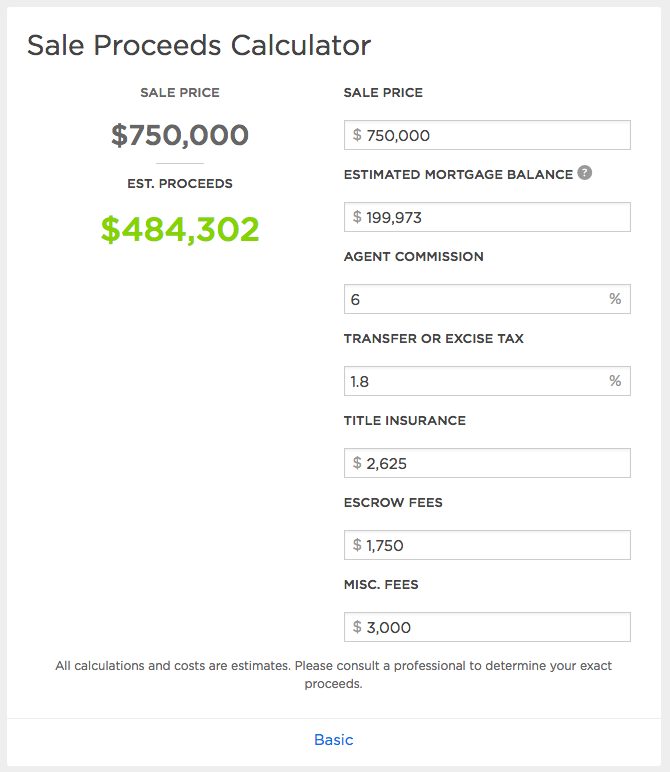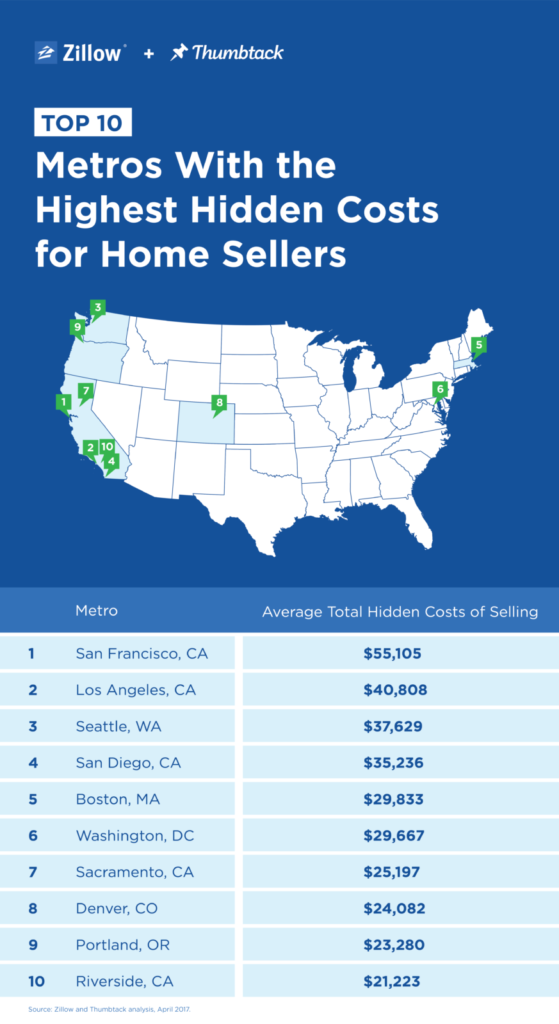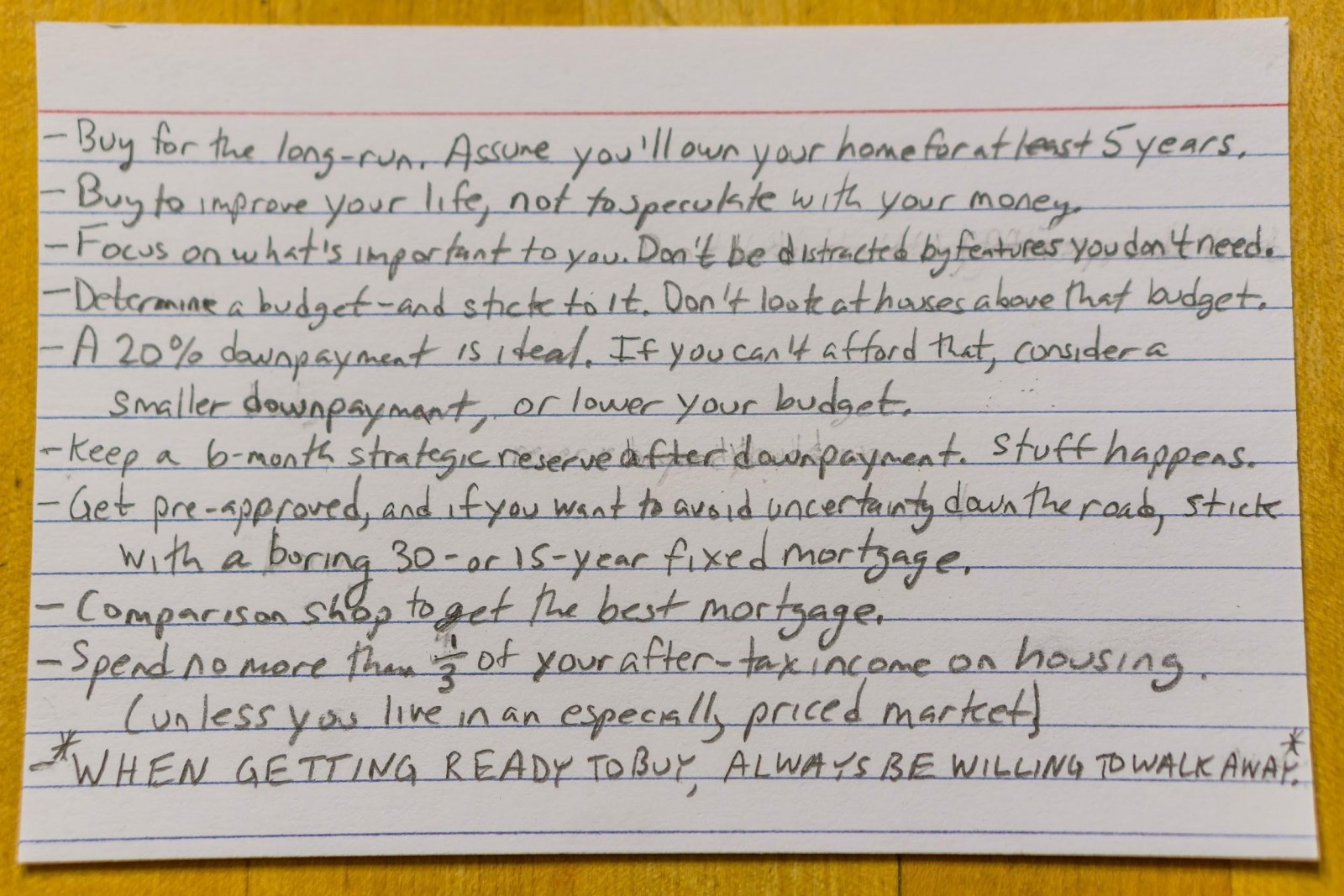If you’re willing to move and if you meet the qualifications, many rural American towns are offering incentives aimed at attracting new residents and reviving their communities.
At the beginning of the 20th century, rural America housed more than half the country’s entire population. While the number of Americans living in rural areas has been roughly stable over the past century - as urban and suburban America have boomed - its share of the total population has declined, falling from 54 percent in 1910 to just 19 percent in 2010.
This is due, in part, to migration to urban cores, especially by younger generations and the middle class.
This decline in population - and the accompanying social and economic challenges - is forcing rural America to come up with incentives to attract new residents back to rural communities.
Tribune, Kansas, offers such a program. “If you move here, we will pay down your student debt,” explains Christy Hopkins, community development director for Kansas’ least populated county, Greeley (in which Tribune sits).
This program, called the Rural Opportunity Zone (ROZ) program, offers perks to grads from big cities for moving to underpopulated towns in one of 77 participating Kansas counties. One of the incentives? They’ll help you pay off your student loans - up to $15,000 over the course of five years.
And it seems to be working - for both the town and its new residents.
“We’re the least populated county - we’re 105th in population for counties in Kansas, and now we’re eighth in college degrees per capita. There’s a correlation to draw,” says Hopkins.
Here are five towns and three states that offer a robust set of loans, programs and/or assistance for those seeking to become homeowners:
Curtis, Nebraska
Population: 891
Median home value: $79,000
Dream of building your own home from the ground up? Curtis, Nebraska, has a sweet deal for you. If you construct a single-family home within a specified time period, you’ll receive the lot of land it sits on for free.
Marne, Iowa
Population: 115
Median home value: $75,300
Just 45 minutes east of Omaha, Marne will give you a lot of land for free - all you have to do is build the house (conventional construction or modular) and meet program requirements. Houses must be a minimum of 1,200 square feet, and the average lot size is approximately 80 feet by 120 feet.
Harmony, Minnesota
Population: 999
Median home value: $93,900
Dreaming of a a newly built home in the Land of 10,000 Lakes? Good news: Your dream comes with a cash rebate.
The Harmony Economic Development Authority offers a cash rebate program to incentivize new home construction. Based on the final estimated market value of the new home, rebates range from $5,000 to $12,000, and there are no restrictions on the applicant’s age, income level or current residency.
Baltimore, Maryland
Population: 616,958
Median home value: $116,300
Definitively not a rural town, Baltimore offers homeowners incentives that are too appealing to leave off this list.
Baltimore has two programs offering robust incentives for buying a home in the city. Buying Into Baltimore offers a $5,000 forgivable loan (forgiven by 20 percent each year so that by the end of five years, you no longer have a balance) if you meet certain qualifications.
The city’s second solution is a brilliant one. The Vacants to Value Booster program offers $10,000 toward down payment and closing costs when you buy one of the program’s distressed or formerly distressed properties.
New Haven, Connecticut
Population: 131,014
Median home value: $168,400
Also not a rural area, but offering an incredibly generous package of homeowner incentives, New Haven offers a suite of programs totaling up to $80,000 for new homeowners, including a $10,000 forgivable five-year loan to first-time home buyers, $30,000 renovation assistance and/or up to $40,000 for college tuition.
Alaska
Population: 739,795
Median home value: $310,200
Alaska offers incentives for veterans and live-in caretakers of physically or mentally disabled residents. They even have a manufactured home program and a rural owner-occupied loan program. See the full list of programs here.
Colorado
Population: 5.6 million
Median home value: $368,100
Colorado offers traditional programs that assist with down payments and low interest rates, but it also has a disability program that helps first-time buyers who have a permanent disability finance their home.
The state also has a down payment assistance grant that provides recipients with up to 4 percent of their first mortgage, which doesn’t require repayment.
Related:
- Small-Town Charm: 8 Homes for Sale in Less Populated Areas
- A Farmhouse-Style Prefab That’ll Make You Want to Ditch the Big City
- 5 Reasons to Buy a Home This Fall
Originally published October 2017. Information updated October 2018.
from Zillow Porchlight https://www.zillow.com/blog/7-places-america-will-pay-move-222241/











 3. Focus on what’s important to you. Don’t be distracted by features you don’t need.
3. Focus on what’s important to you. Don’t be distracted by features you don’t need. 7. Get pre-approved, and if you want to avoid uncertainty down the road, stick with a boring 30- or 15-year fixed-rate mortgage.
7. Get pre-approved, and if you want to avoid uncertainty down the road, stick with a boring 30- or 15-year fixed-rate mortgage.